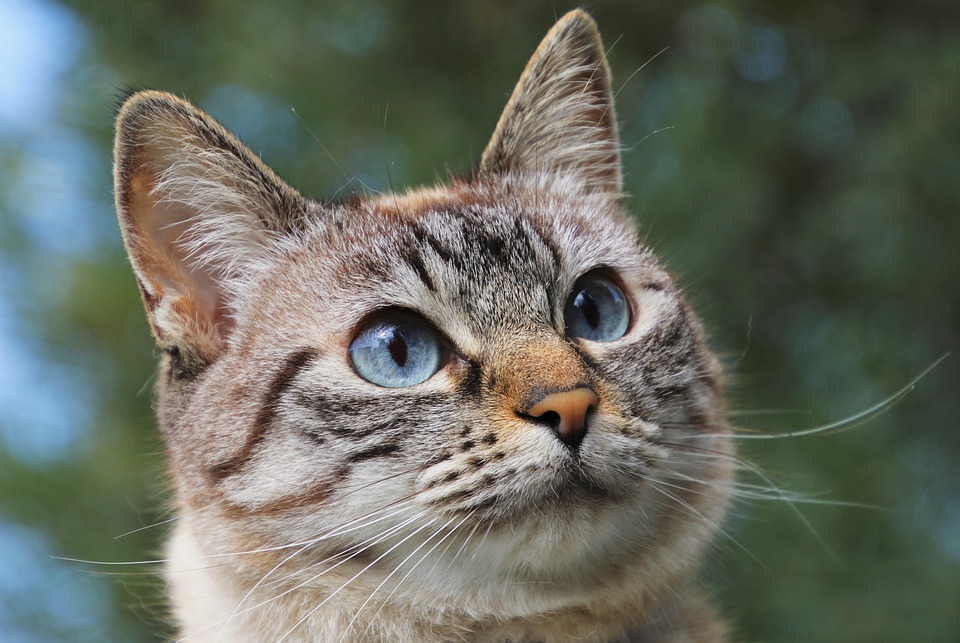
Understanding Feline Emotions: Do Cats Feel Sad Too? A Guide for Compassionate Cat Owners
When it comes to understanding animal emotions, the enigmatic nature of cats often poses a challenge for even the most seasoned cat owners. Unlike dogs, who are often openly expressive, cats exhibit subtler signs of their emotional states. This article delves into whether cats experience sadness, the signs that indicate their emotional wellbeing, and how cat owners can ensure their pets are happy and healthy.
The Emotional World of Cats
Cats, like all mammals, have a limbic system, which is responsible for processing emotions. While it’s challenging to quantify feline emotions in human terms, it is widely accepted that cats do experience a range of feelings, including joy, fear, anxiety, and even sadness. But how can we, as compassionate cat owners, identify these emotions and respond appropriately?
Signs of Sadness in Cats
Understanding feline sadness requires a keen eye and awareness of subtle behavioral changes. Here are some common signs that may indicate your cat is feeling down:
- Changes in Appetite: A sudden decrease or increase in appetite can be a sign of emotional distress.
- Withdrawal from Social Interactions: If your cat is avoiding family members or other pets, it could be a sign of sadness.
- Increased Sleep: While cats sleep a lot, an unusual increase in sleep duration may indicate emotional issues.
- Vocalization Changes: Increased meowing or new vocal patterns can be a cry for help.
- Grooming Habits: Either excessive grooming or a lack of grooming can be a red flag.
Common Causes of Feline Sadness
Understanding the root causes of sadness in cats can help owners provide the necessary support. Some common causes include:
- Environmental Changes: Moving to a new home, the addition of a new family member, or changes in routine can upset a cat’s balance.
- Loss of a Companion: Cats form strong bonds, and the loss of a fellow pet or human can lead to grief.
- Health Issues: Pain or illness can manifest as depression-like symptoms in cats.
- Lack of Stimulation: Boredom and lack of mental or physical stimulation can lead to listlessness and sadness.
Actionable Tips to Enhance Your Cat’s Emotional Wellbeing
As responsible cat owners, there are several strategies we can employ to support our feline friends emotionally:
1. Provide a Safe and Stimulating Environment
Ensure your home is a safe haven for your cat. Create vertical spaces, such as cat trees or shelves, where your cat can retreat and observe. Provide interactive toys and engage in regular play sessions to stimulate your cat’s mind and body.
2. Maintain a Consistent Routine
Cats thrive on routine, which provides them with a sense of security. Try to keep feeding, playtime, and grooming schedules consistent to minimize stress.
3. Foster Social Interactions
Encourage positive interactions between your cat and family members. Spend quality time petting, grooming, or simply sitting with your cat to strengthen your bond.
4. Address Health Concerns Promptly
Regular veterinary check-ups are crucial to identify and address any health issues that may be affecting your cat’s emotional state. Always consult with a veterinarian if you notice significant changes in your cat’s behavior.
5. Enrich Their Environment
Introduce new toys, scratching posts, and interactive games to keep your cat engaged. Puzzle feeders and treat-dispensing toys can provide mental stimulation.
6. Provide Companionship
If your cat is grieving the loss of a companion, consider adopting another pet. However, do so with careful consideration of your cat’s temperament and ability to adapt to a new friend.
Training to Enhance Emotional Resilience
Training is not just for dogs; cats can benefit from it too. Positive reinforcement training can enhance your cat’s confidence and emotional resilience.
1. Clicker Training
Clicker training involves using a clicker to mark desired behaviors, followed by a reward. This can help improve your cat’s focus and confidence.
2. Teach Basic Commands
Simple commands like “sit” or “come” can be taught using treats and positive reinforcement. Training sessions should be short and fun.
3. Desensitization and Counter-Conditioning
If your cat is anxious or fearful, gradual exposure to stressors paired with positive experiences can help them overcome their fears.
Conclusion
While cats may not express their emotions as overtly as some other animals, they do experience a complex range of feelings, including sadness. By being attentive to behavioral changes and providing a supportive environment, cat owners can help their feline friends lead emotionally fulfilling lives. Remember, a happy cat is a healthy cat, and understanding their emotional needs is key to fostering a strong, loving bond.







